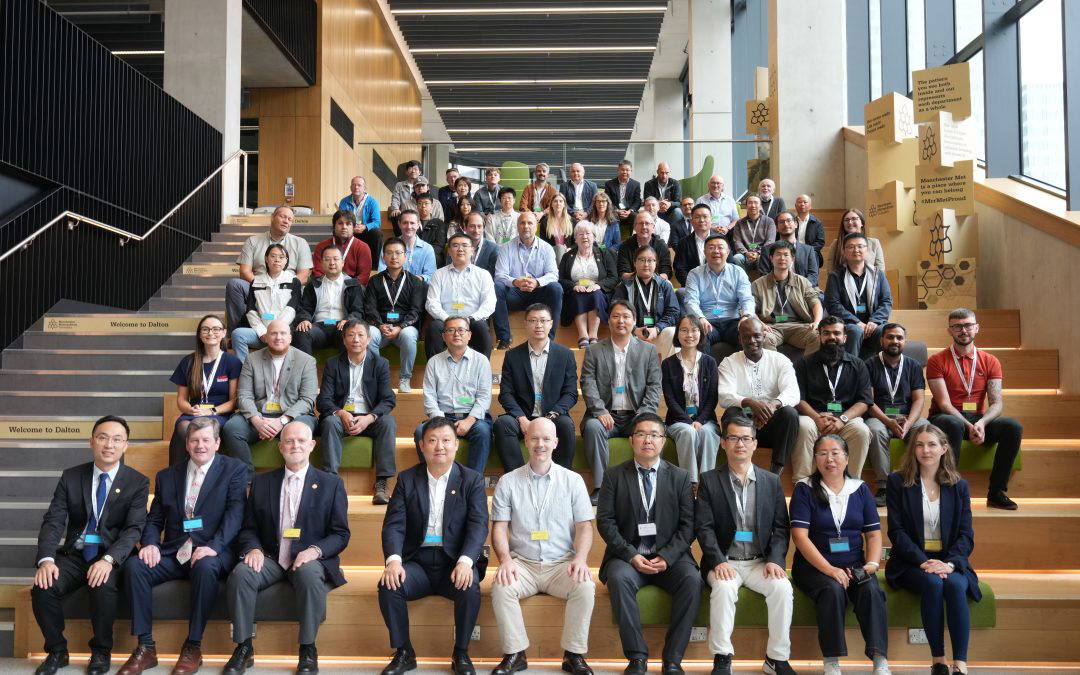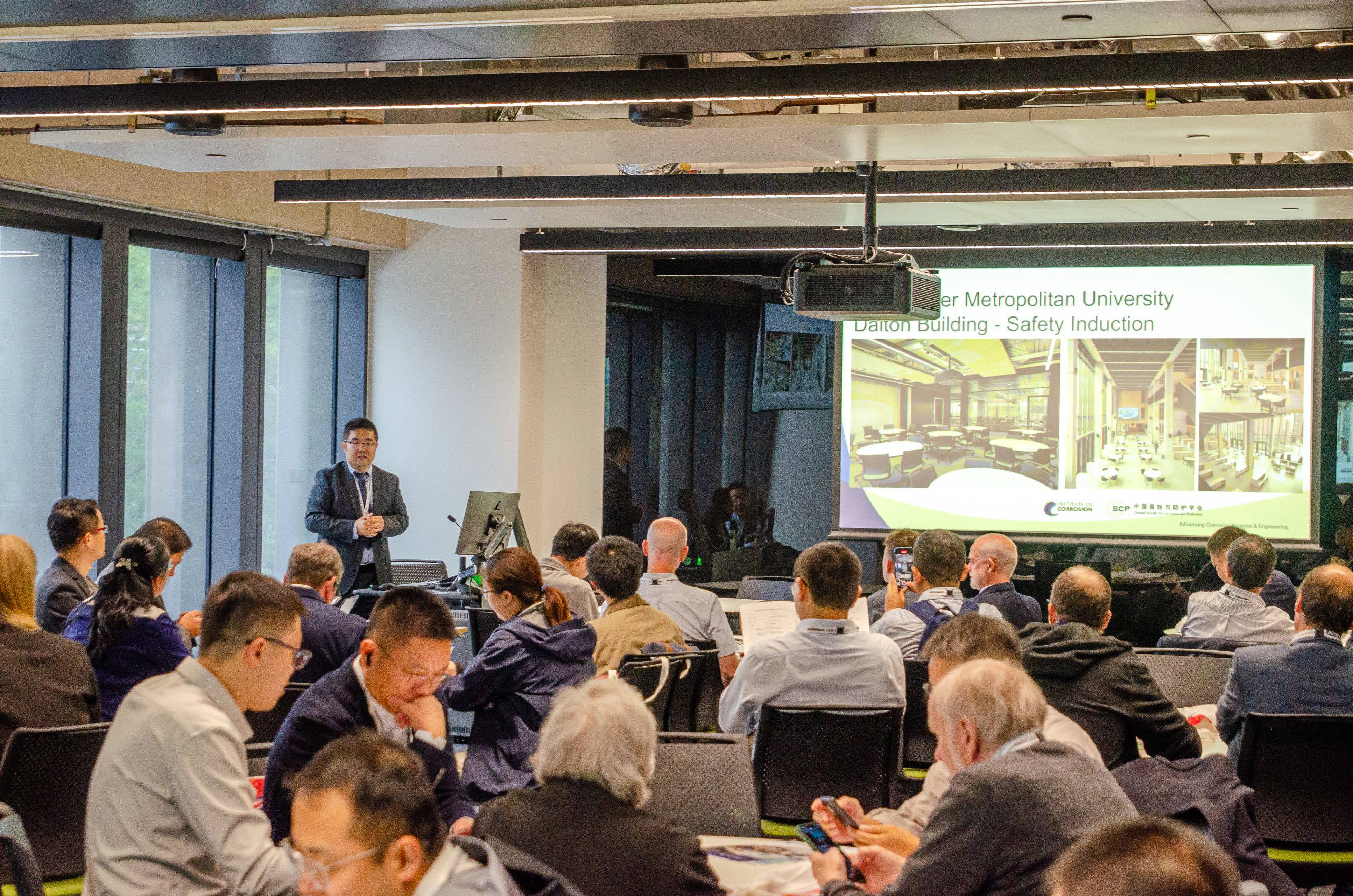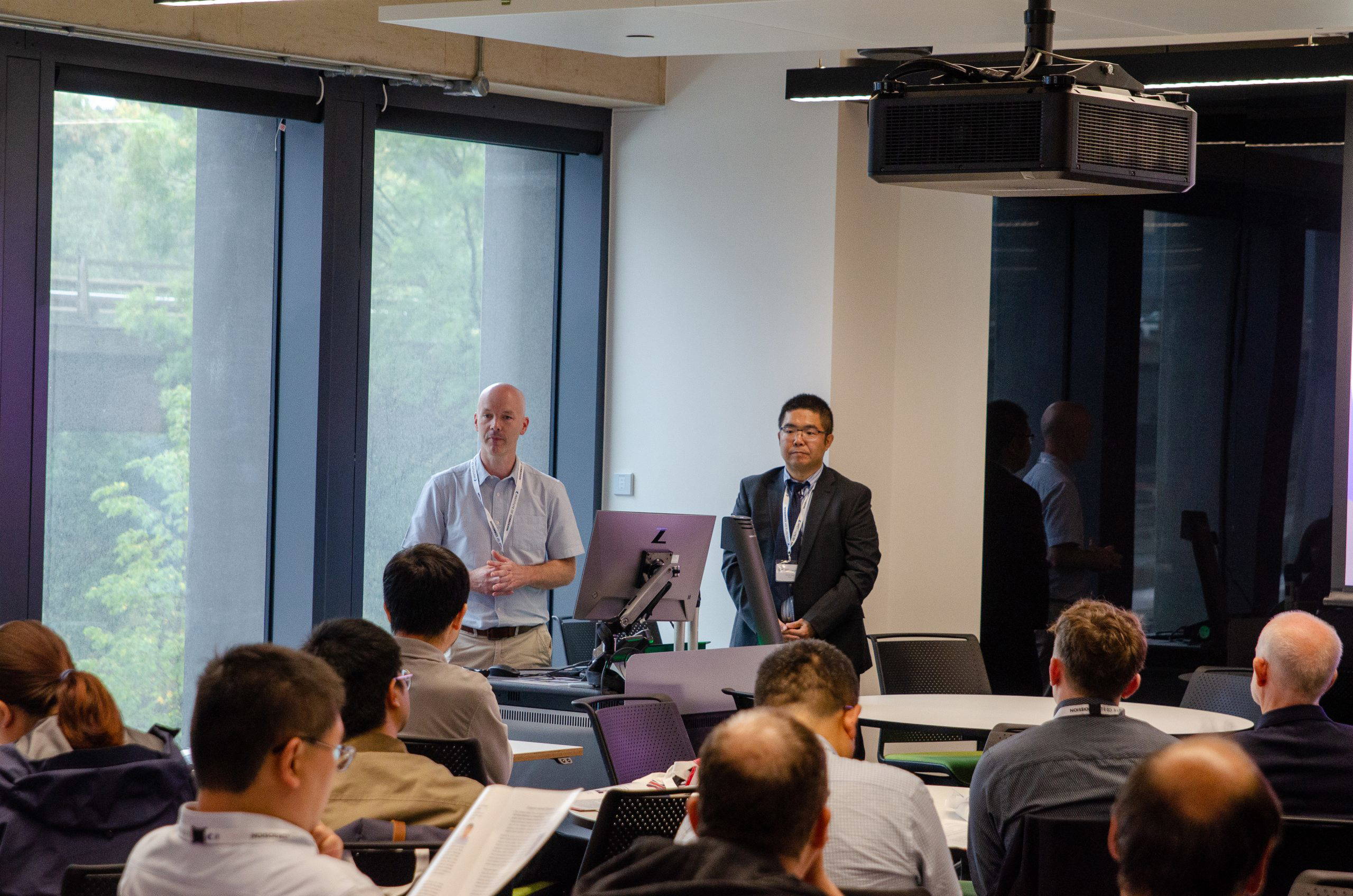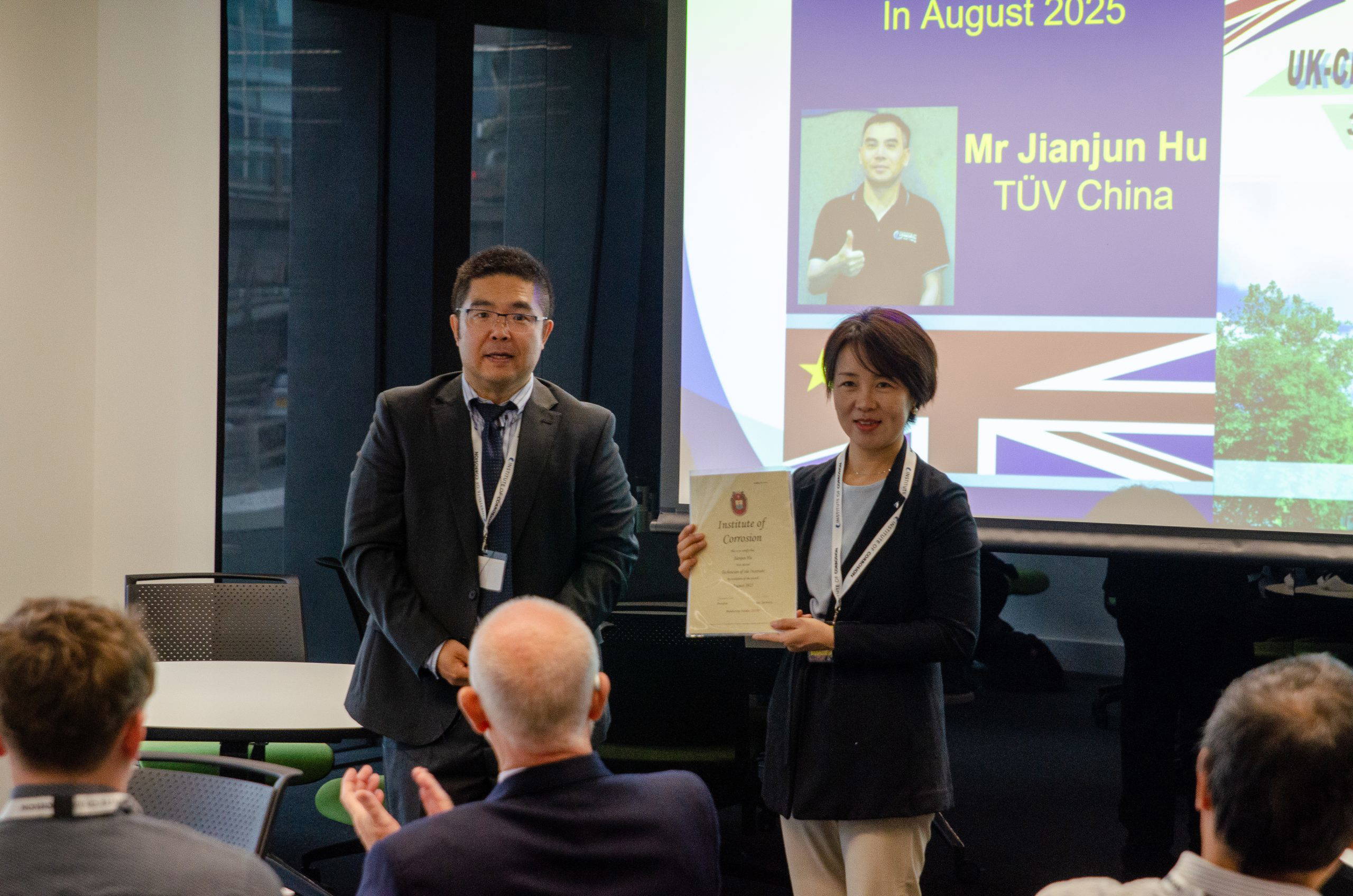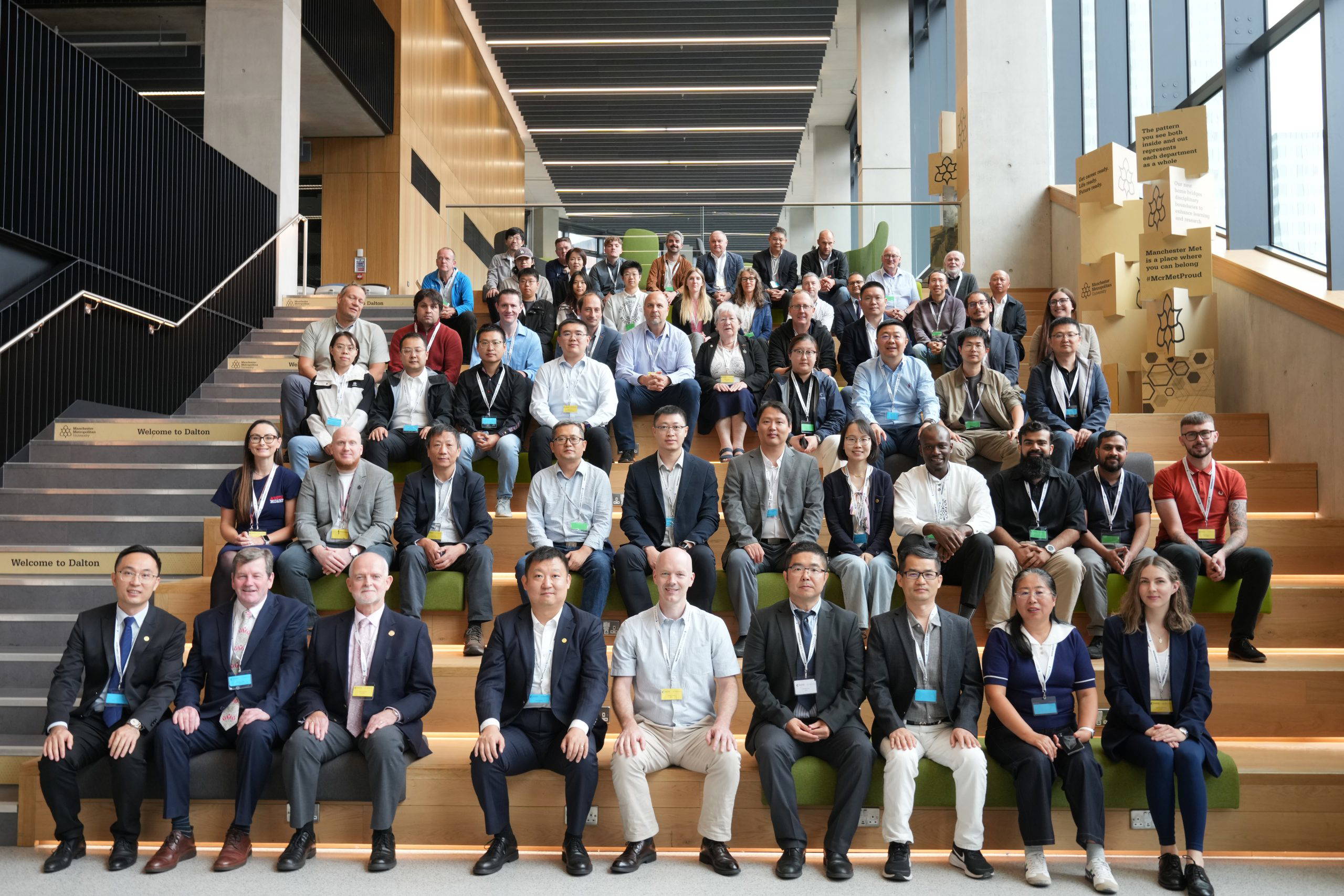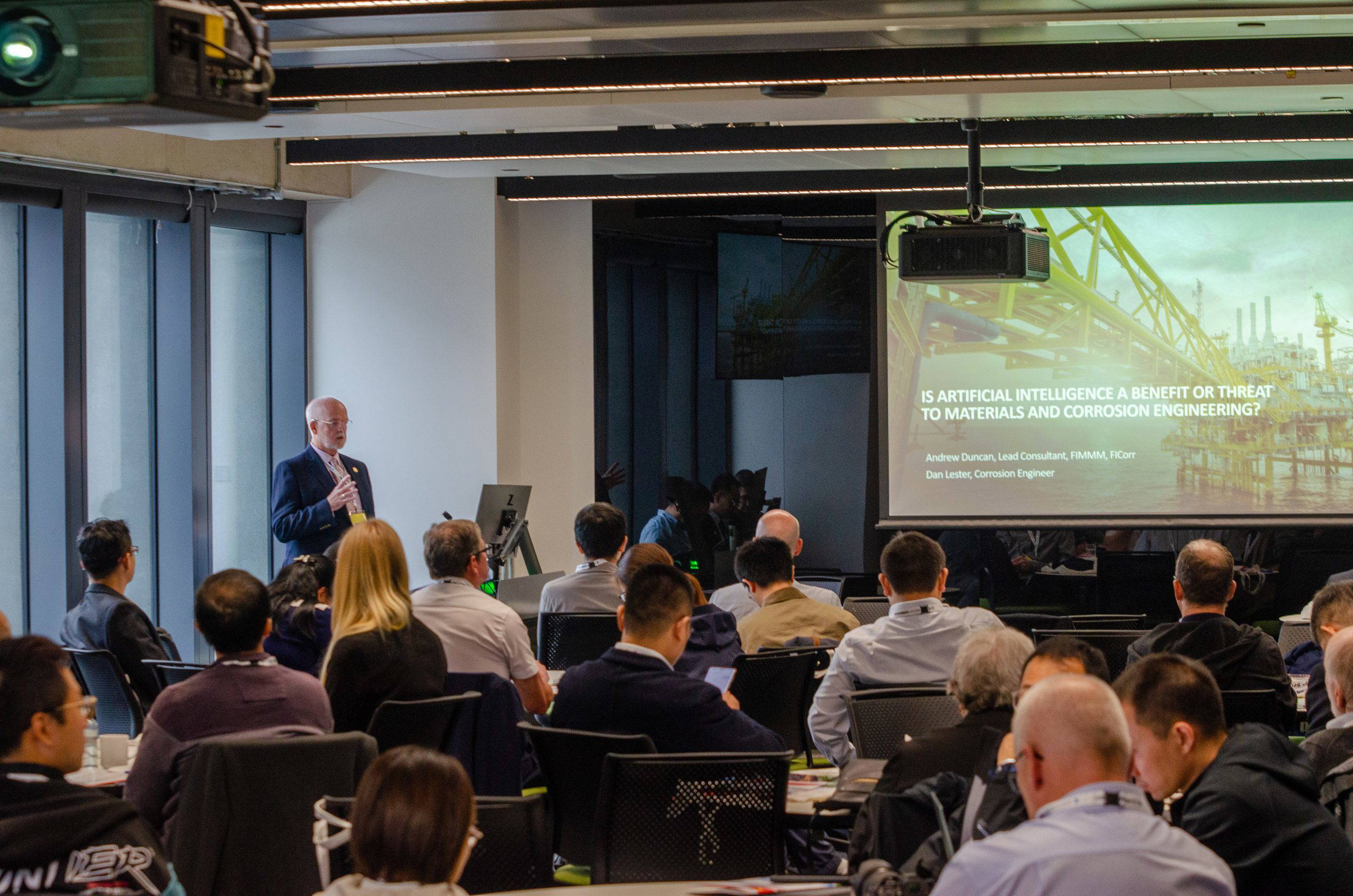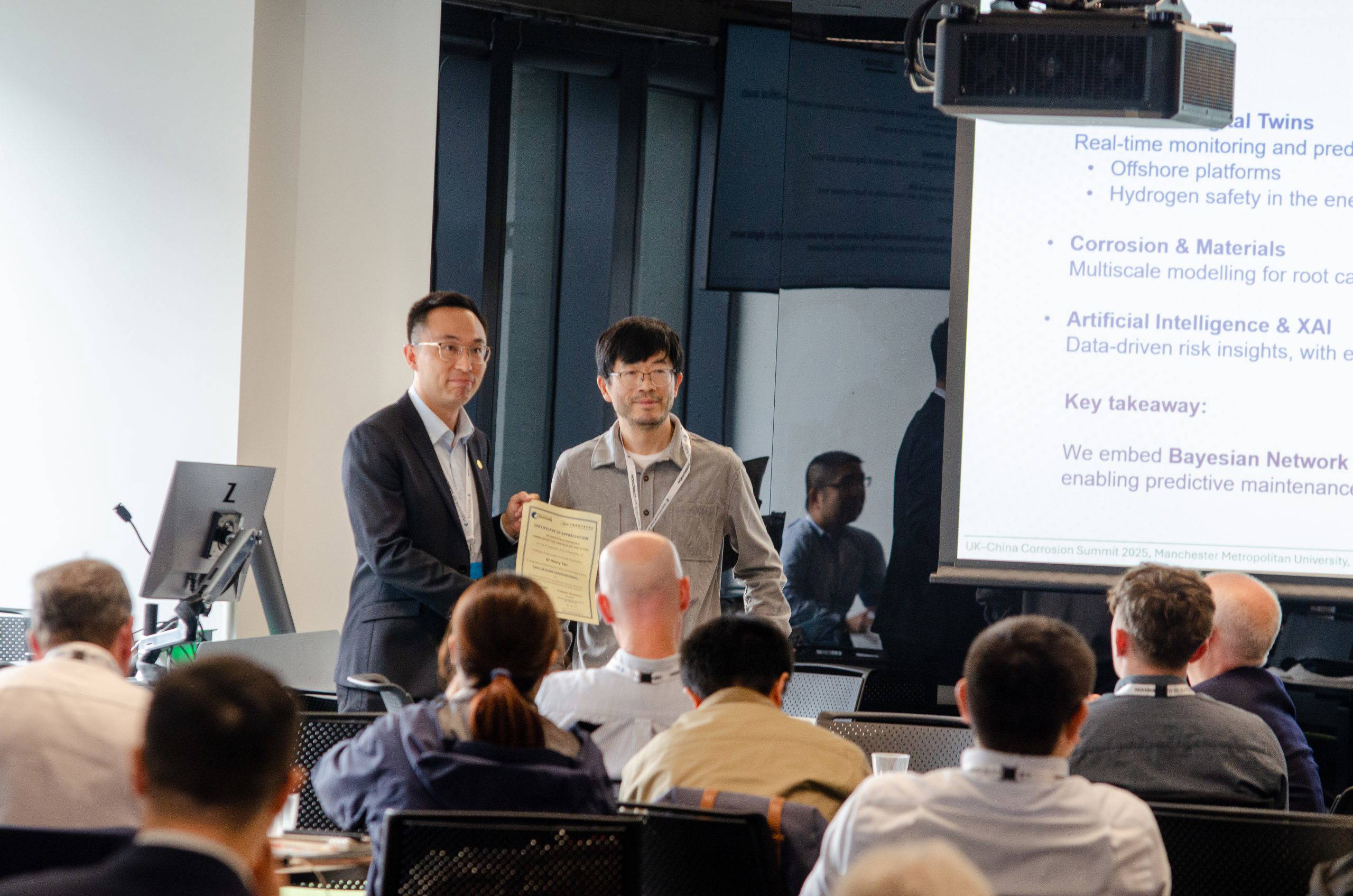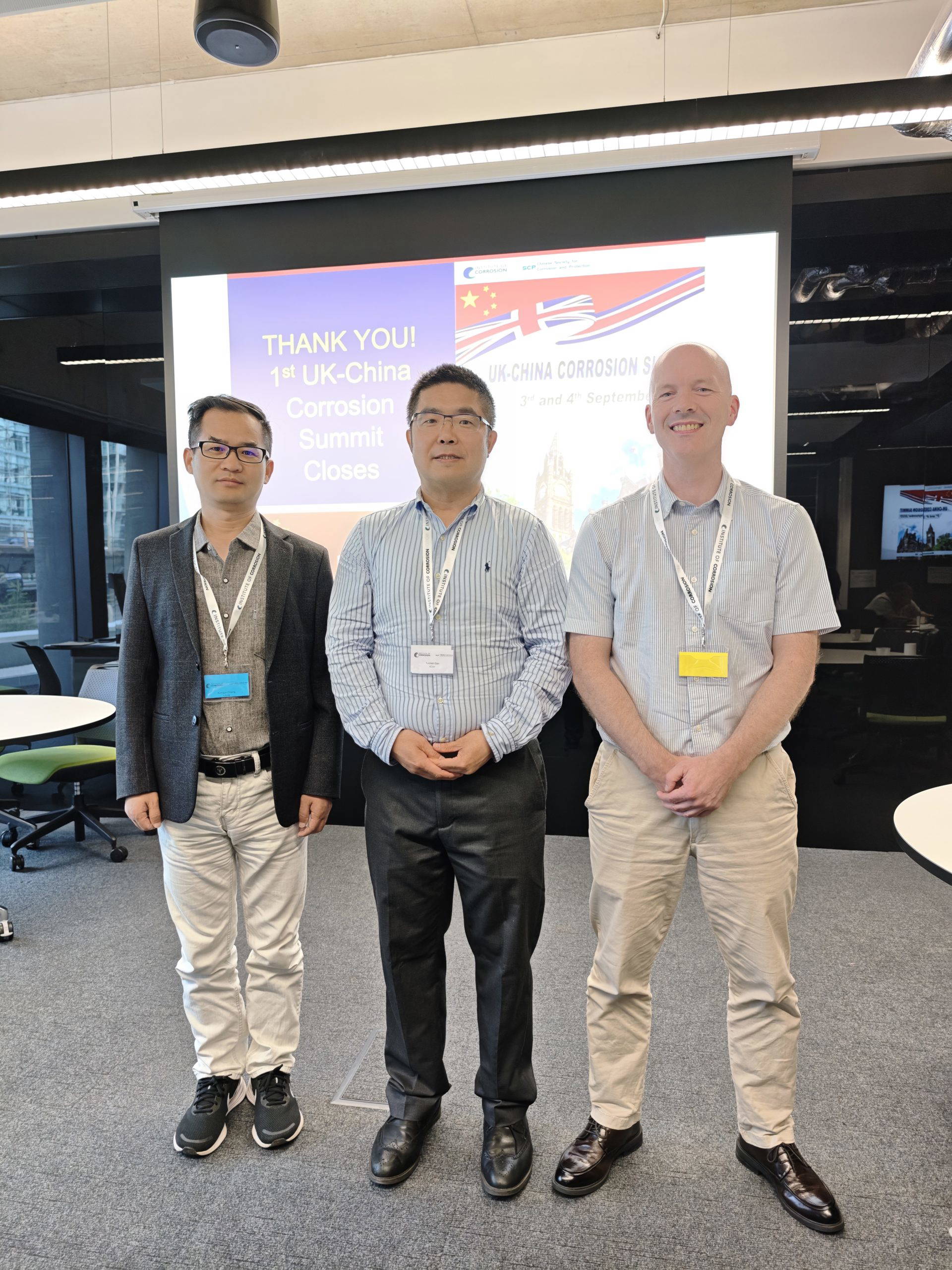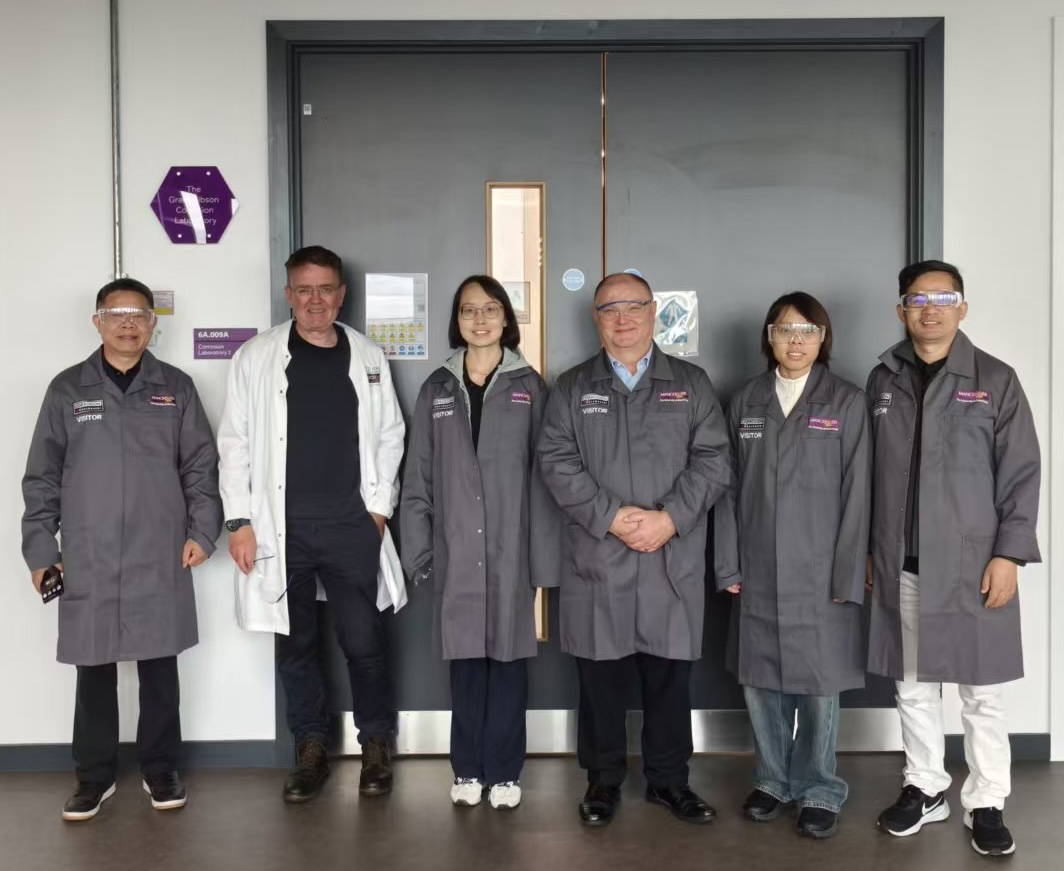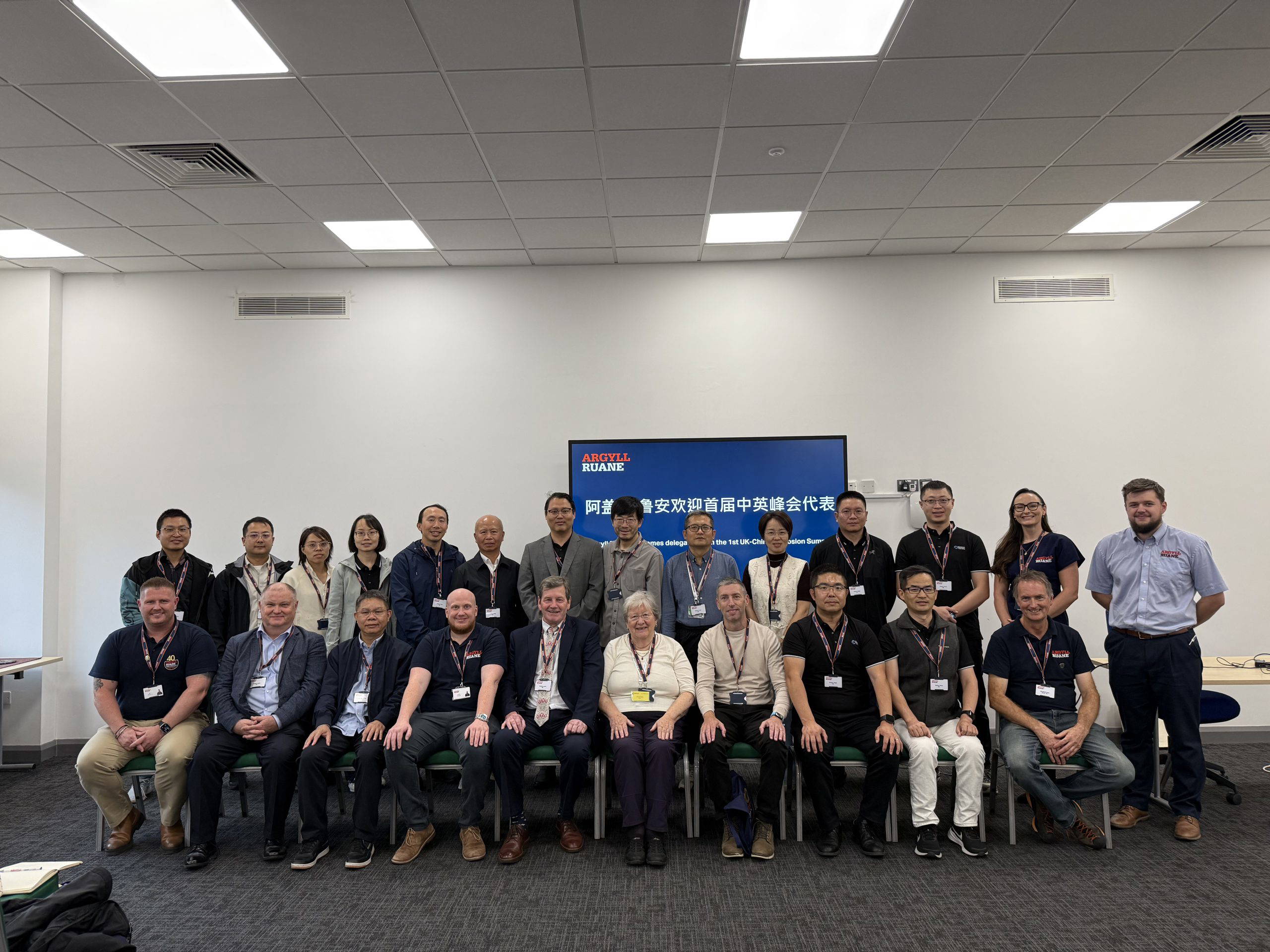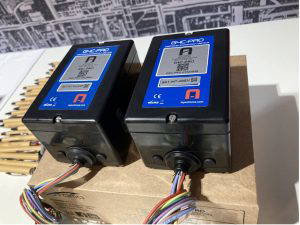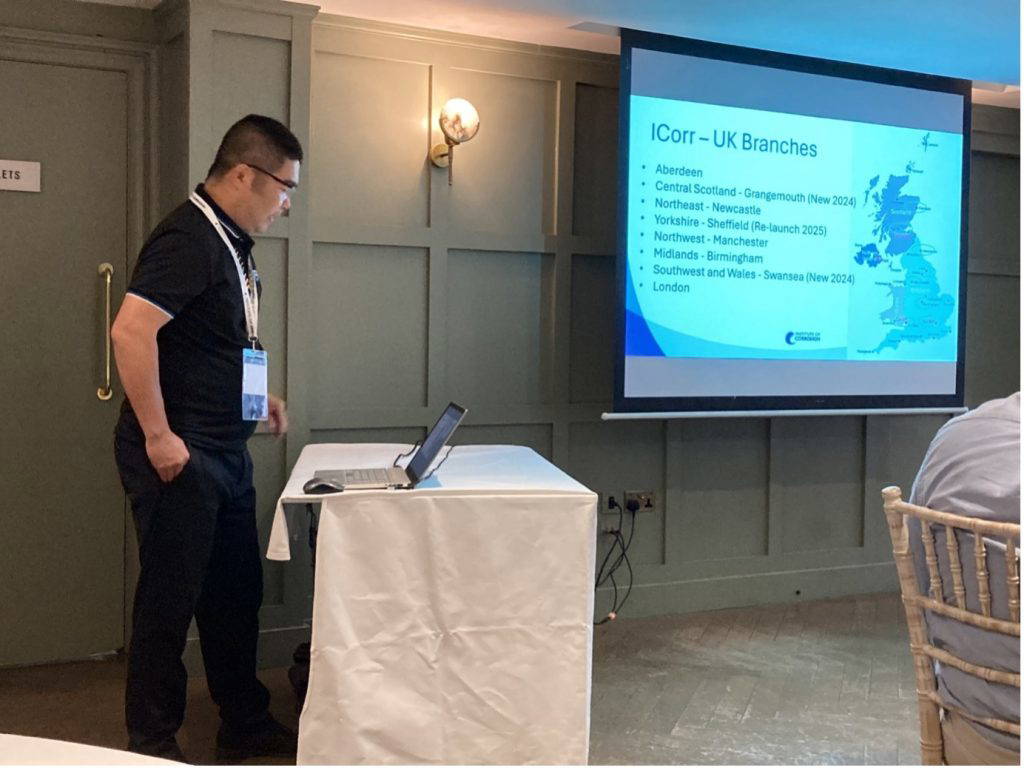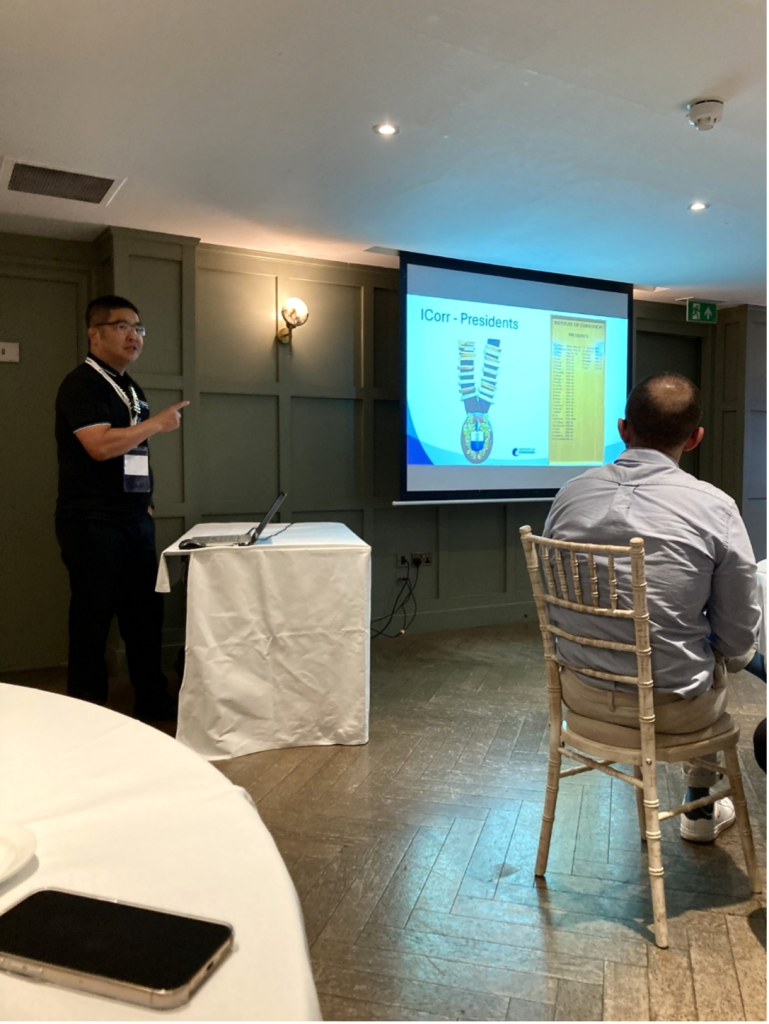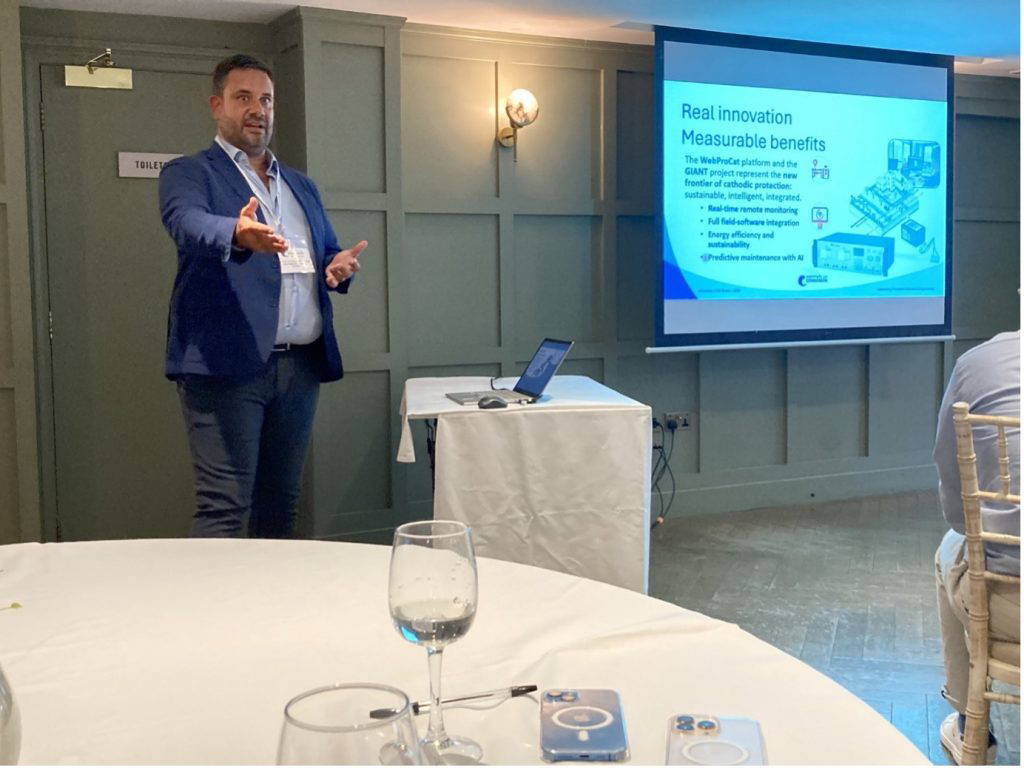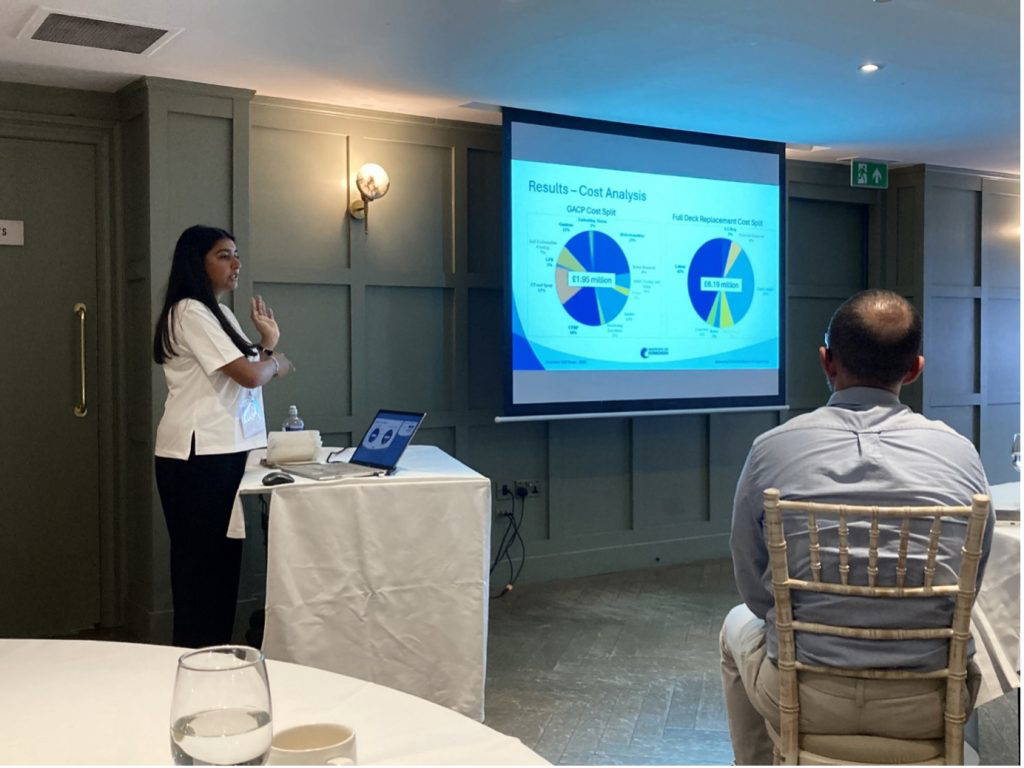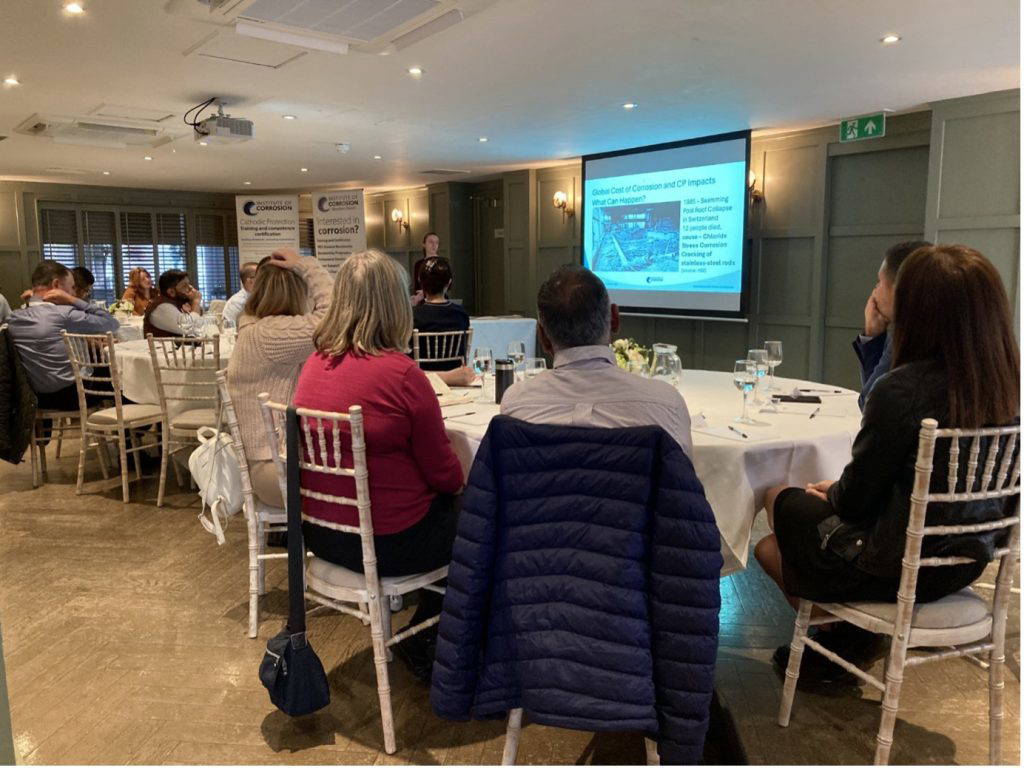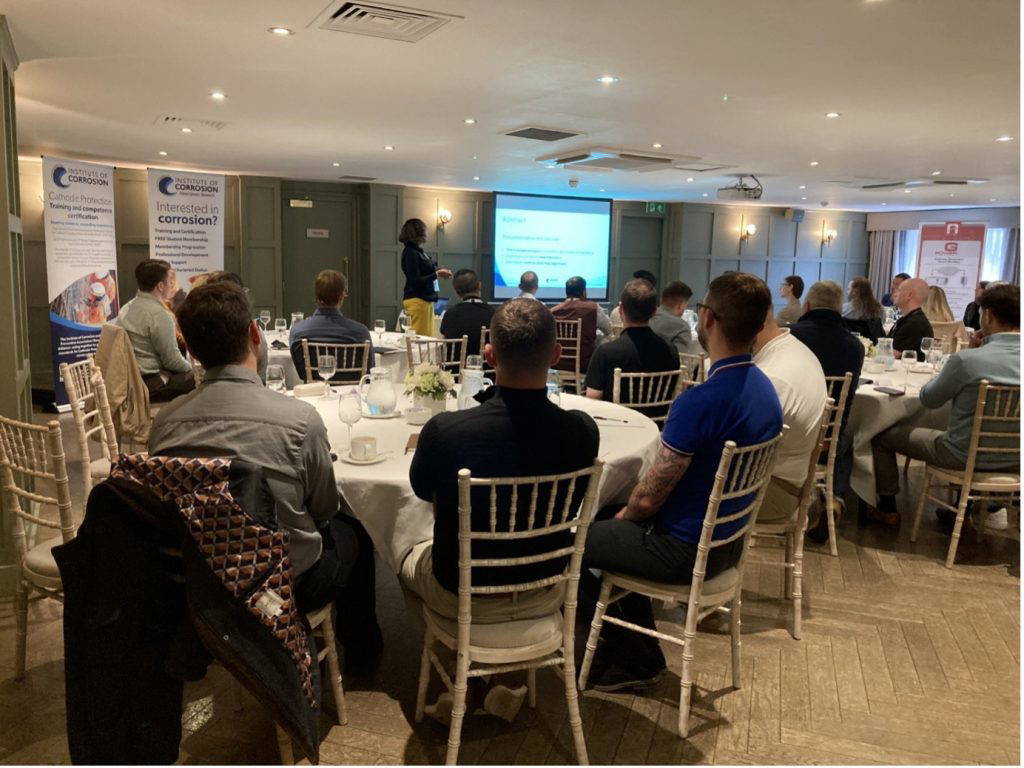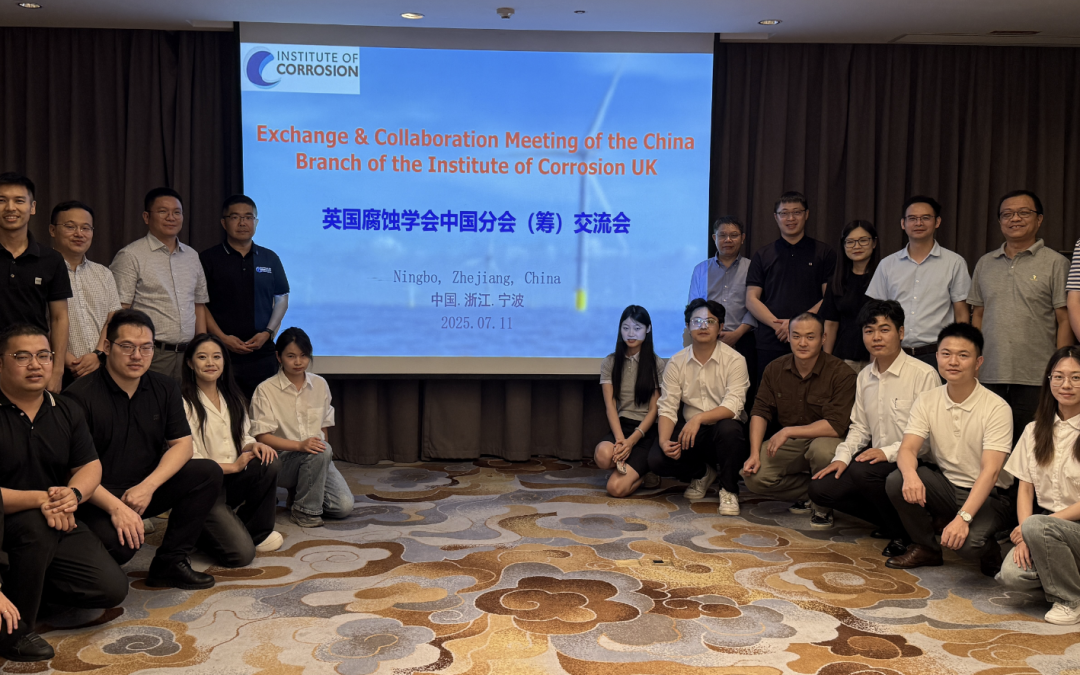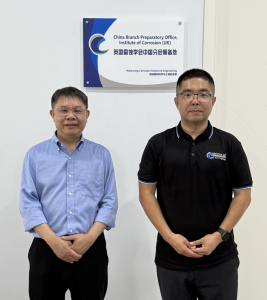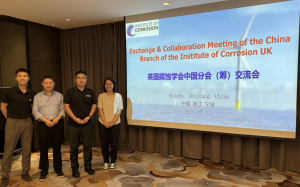The cart is empty!
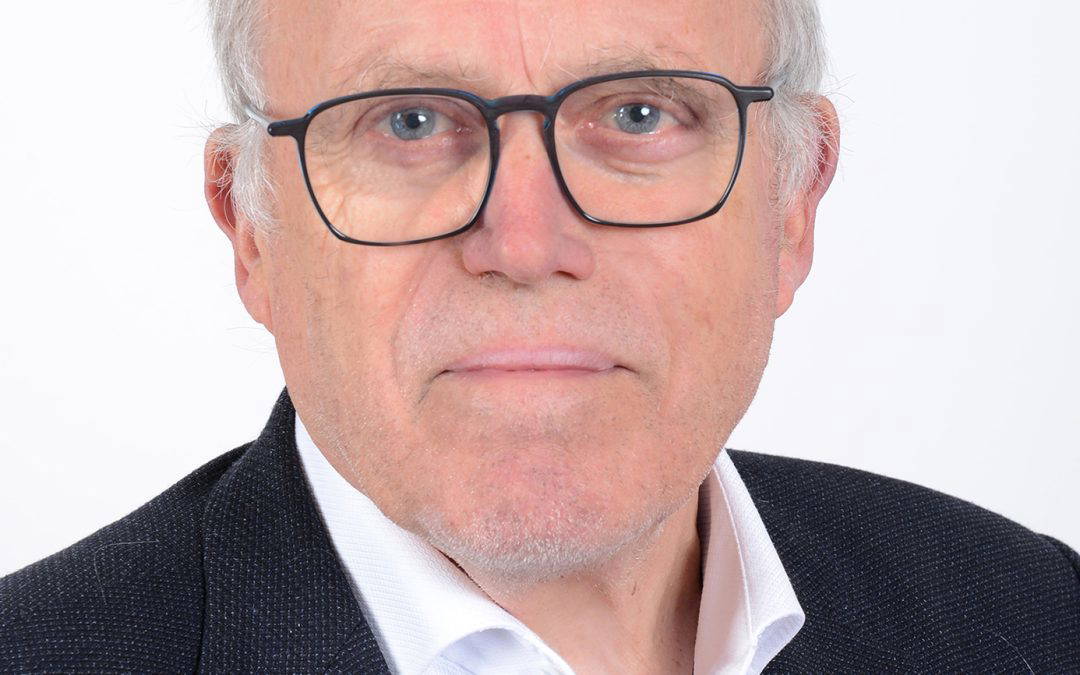
ICorr CED Announces Professor Damien Féron as the Winner of the 2025 Paul McIntyre Award
The Corrosion Engineering Division (CED) of the Institute of Corrosion is delighted to announce that Professor Damien Féron will receive the Paul McIntyre Award at the 2025 ICorr Annual General Meeting (AGM), to be held at the Henry Royce Institute in Manchester on Tuesday, 4th November 2025.
The Paul McIntyre Award is the highest honour presented by ICorr CED. It recognises a senior corrosion engineer who has not only made significant technical contributions, but has also championed European collaboration and international standards – reflecting the values and legacy of the late Professor Paul McIntyre.
Professor Féron has had a distinguished career at the French Alternative Energies and Atomic Energy Commission (CEA) and continues to serve as Scientific Adviser and Professor at INSTN, the National Institute for Nuclear Science and Technology. His work spans nuclear corrosion, marine corrosion, biocorrosion, and long-term prediction of corrosion damage, with wide-ranging applications in both civil and nuclear industries.
A globally recognised leader in corrosion science, Damien has authored or edited more than 25 books and special issues, delivered over 100 invited lectures, and participated in numerous international advisory boards. His international standing is matched by an unwavering commitment to collaborative science – evident in his leadership roles across the European Federation of Corrosion (EFC), where he served as Chairman of the Science and Technology Advisory Committee (2007-2013) and as President from 2017-18, and the World Corrosion Organization (WCO, President from 2019–2022)
Professor Féron was also instrumental in establishing and leading major educational and technical initiatives, such as the Nuclear Corrosion Summer School (NuCoSS) and the long-running LTC Workshops on corrosion prediction in nuclear waste systems. Through these and many other efforts, he has mentored a generation of corrosion scientists and engineers across Europe and beyond.
The Paul McIntyre Award is a fitting recognition of Professor Féron’s remarkable contributions to corrosion science, education, and international cooperation.
The award will be formally presented during the ICorr AGM in Manchester, jointly hosted by ICorr Northwest Branch and the Henry Royce Institute. Professor Féron will also be invited to contribute an article to Corrosion Management magazine.


